2018 Hyundai Elantra GT First Drive Review - Sidle Up to the Hatch Buffet

Years back, a neighbor of mine worked as an electrician’s apprentice while we both occupied different corners of a sketchy four-plex. Good guy. When an emergency arose, especially if the emergency was a sudden lack of tape, this was your man.
Anyway, with barely enough cash to buy beer on weekends, let alone a half-decent used pickup, the tools of his trade journeyed to the job site in a roomy, economical, and seemingly indestructible four-door liftback. It was, of course, a first-generation Hyundai Elantra GT, only with the contents of a small hardware store filling the area aft of the front seat.
A useful, if tepid, vehicle then, but one far more worthy of the GT moniker now.
The Korean automaker launched the Elantra GT in 2001, and has no intention of dropping the useful compact hatchback from the marketplace anytime soon, even though its U.S. executives required a dose of friendly Canadian persuasion to keep it alive south of the 49th parallel (according to Hyundai Canada brass). The pressure paid off, leaving Americans with yet another option in the “hotter hatch” segment.
No longer is the GT a one-engine affair, nor is it likely to continue as an afterthought in the minds of consumers. For 2018, Hyundai chose to spread the widest possible net with its newly enlarged hatch, hoping to lure would-be buyers away from better-known rivals while offering a sportier alternative to small crossovers.
The handsomely redesigned Elantra GT ditches the old 2.0-liter four-cylinder for 2018, replacing it with a direct-injection engine of similar displacement, less power, but more refinement. At 161 horsepower and 150 lb-ft of torque, the mill mates with two carryover transmissions — a six-speed manual you probably should buy and the six-speed automatic you’re far more likely to take home.
Joining the model for 2018 is an available turbocharged 1.6-liter four-cylinder. Borrowed from the Elantra Sport, it’s good for 201 hp and 195 lb-ft, transferring its power through the stick shift or a seven-speed dual-clutch transmission.
With a turbo in its toolkit (an engine you’ll find as standard in the GT Sport), Hyundai’s hatch springs from also-ran status directly into the field of battle. In its sights are regular and high-output variants of a popular group of nameplates: the Volkswagen Golf GTI, Ford Focus, Mazda 3, and Honda Civic. Hyundai Canada claims five-door models make up 24 percent of that country’s compact segment and, while the segment has shrunk from 21 to 18 percent of the market between 2014 and last year, it has its fingers crossed for greater GT volume. Only 15 percent of Canadian Elantra sales in 2016 were five-door models. Compare that to 42 percent of Mazda 3 sales or 64 percent of Focus sales.
With the fourth-generation model, Hyundai’s aiming to poach customers with a combination of drivetrain choice, performance, content, and, not least of all, looks.
Gone is the “this’ll do” design of yesteryear, with its bulging front fenders and awkward, plasticky outward appearance. Instead, a strong character line joins the headlights and taillights, with Hyundai’s upright “cascading grille” and vertical LED running lights (which gild the sporty air curtain vents) lending the model a mature and cohesive look. Classy at best, inoffensive at worst. A wraparound rear window with integrated spoiler completes the Germanic feel.
Make no mistake — this isn’t just an Elantra sedan with an abbreviated rear end. Based on the European- and Korean-market i30, its wheelbase is two inches shorter than the sedan, while overall length and width has grown compared to the 2017 GT. With short overhangs and a lower body height, the new GT’s wheelbase appears longer than that of last year’s model, despite being identical.
What isn’t identical is cargo room. With the rear seat up, volume has grown to 25 cubic feet over 2017 dimensions, an increase of two cubes, while folded-seat capacity has expanded by 8.1 percent to 55.1 cubic feet. That’s more room than hatchback versions of the Cruze, Civic, 3, and Golf, Hyundai would have you know. (Oh, and with seats folded, more room than an Audi Q5 and barely any less than a Honda HR-V. Hint, hint.)
Following last year’s launch of the current-generation Elantra sedan, reviewers walked away impressed with its comfort, solidity and road manners after launching last year, so it’s not at all surprising that the five-door has checked the same boxes. From our starting point in the Laurentian Mountains north of Montreal, Quebec’s twisty back roads and Detroit-in-the-woods asphalt quality immediately outed this compact as a competent, well-mannered little car.
Indeed, the fleet of GTs at our disposal proved comfortable and capable of delivering some value-packed excitement. While the U.S. will likely field just two models — GT and GT Sport, for sure — Canada, as before, bundles the available options and powertrains into four trim levels. GL and GLS carry the lesser engine and a torsion beam rear suspension, while Sport and Sport Ultimate trims boast a turbo motor and a multi-link independent setup out back.
It’s too bad stick shift aficionados gobbled up the supply of three-pedal GTs upon arrival, thus sweeping that tranny off the testing table. Bummer, guys. Regardless, our automatic GLS model proved more than capable of tackling hills and sharp curves, navigating the capricious road network with as much vigor as its front tread would allow.
Working in its favor is a compliant suspension located firmly in the Goldilocks firmness zone, 45-series rubber on 17-inch alloys, and a bodyshell bolstered with double the previous amount of high-strength steel. Nary a rattle or squeak was to be heard. Top billing in the “con” category was a slushbox that, while equipped with a manumatic mode, would be better suited to the joyless rigors of a daily commute.
Of course, behind the wheel of the hotter GT Sport is the proper location for any value-minded racer. Conspiring with the 18-inch wheels, turbo engine, and stiffer suspension is a paddle-shift seven-speed DCT which delivers a far more engaging driving experience, though you’ll really start to feel those pavement imperfections. Still, this rig remains planted and doesn’t beg for more power or quicker shifts. Like its lesser siblings, the GT Sport’s steering falls short of a “heavy” label, but the more than acceptable feedback and precision isn’t likely to break any deals. Non-manual GTs gain a sport mode for stiffer steering and improved throttle response. Braking action in all models is neither soft nor grabby.
This GT Sport doesn’t elicit thoughts of a cheesy, boy-racer wannabe. It’s a mature driving experience in a far-from-ostentatious vehicle.
In Sport guise, colored metallic trim, stitching, piping, and seatbelts brighten up the nicely laid out monochrome gray interior. (Lesser trims enjoy a two-tone layout, should a buyer demand it.) As if to make the GT as close to a crossover as possible, buyers can select between steel overcast or a panoramic sunroof. No half measures in this model. Even the base GL trim offers up heated front seats and a heated steering wheel for perpetually chilly Canadian drivers.
In the tech category, Hyundai’s decision to place an 8-inch infotainment touchscreen with Android Auto and Apple Carplay connectivity in all trims should satisfy buyers worried about buying into a low-content stripper. Standard blind spot detection and rear cross-traffic alert puts the most sought-after safety aids in everyone’s GT. Those wanting more can spring for available adaptive cruise control, lane keep assist, and automatic emergency braking.
The big news — something Hyundai is extremely proud of — is the GT’s available BlueLink telematics system, the company’s first application of connected-car tech. Interested in the state of your vehicle’s health, or looking for some driving stats? Bluelink pulls those right up. Found yourself in trouble? Roadside assistance and SOS calls are a button away. Via an app on their smartphone, drivers can check the status of the car, find it or start it, all while nowhere near it. Perhaps realizing that extra-cost subscription services turn buyers off in a hurry, BlueLink comes with a five-year, no-charge trial period.
The system next finds a home in the Sonata, Kona and Tucson.
Right about now, you’re probably thinking, “Not a bad package overall, but what’s the cost?”
Straight answer: Hyundai Canada brass couldn’t tell us. The automaker’s head of product strategy, Ken Maisonville, expects “a little bit of a premium for the hatchback versus the sedan,” which starts in the U.S. at $17,150 before delivery. Because of the base GT’s engine upgrade, a matching price was off the table, he claims.
Chad Heard, Hyundai Canada’s senior public relations manager, claims the GT’s MSRP should be “close to last year’s GT price.” In the U.S., that means a sticker close to the 2017 GT’s $18,800 pre-delivery MSRP, while Canadians should expect a price close to last year’s $19,999 MSRP.
With the appearance of a true performance variant for 2018, expect a considerably higher price ceiling for all that added panache.
Thanks to vastly improved looks, road manners, available power, and content, Hyundai’s hopes for a GT sales surge seem within reach. At the bottom of the market, value talks. However, will the new GT give crossover buyers second thoughts? That’s a tricky one, and I’m sure many readers are shaking their heads right about now. Certainly, not if that buyer has more than one kid. With no sustained upswing in oil prices on the horizon, the GT’s budget sporting potential holds far greater temptation than a cargo volume vs. dollar argument.
Surely there’s room in North American driveways for another sensible compact with a fun side?
(Full disclosure: Hyundai Canada berthed me in a tidy suite at a lakeside resort in Estérel, Quebec for this drive, and also picked up up the food and booze tab. During this time I stole a piece of venison from Jacob Black, who claimed to be watching his figure or health or something. I was just fixated on the meat. Can’t let a good animal die in vain. Transportation was provided by my own Chevrolet.)
[Images: ©2017 Steph Willems/ The Truth About Cars; Hyundai Canada]

More by Steph Willems
Latest Car Reviews
Read moreLatest Product Reviews
Read moreRecent Comments
- ToolGuy If these guys opened a hotel outside Cincinnati I would go there to sleep, and to dream.
- ToolGuy Michelin's price increases mean that my relationship with them as a customer is not sustainable. 🙁
- Kwik_Shift_Pro4X I wonder if Fiat would pull off old world Italian charm full of well intentioned stereotypes.
- Chelsea I actually used to work for this guy
- SaulTigh Saw my first Cybertruck last weekend. Looked like a kit car...not an even panel to be seen.






















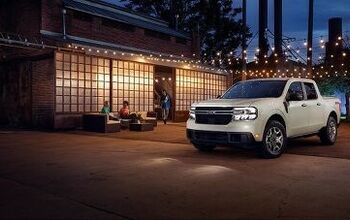
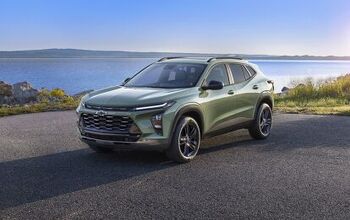
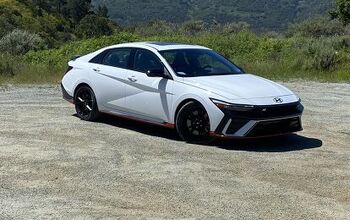

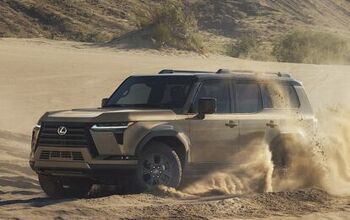
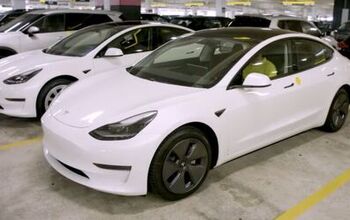
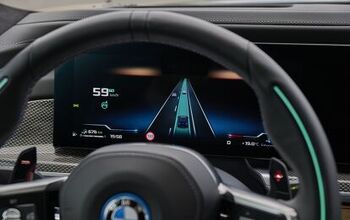

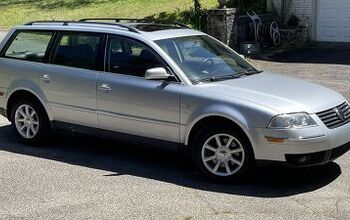
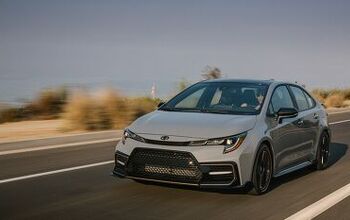
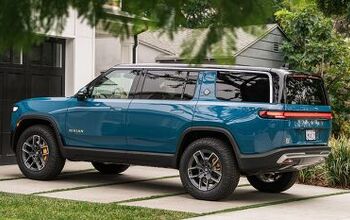
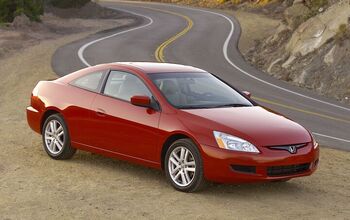

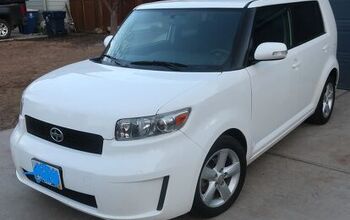

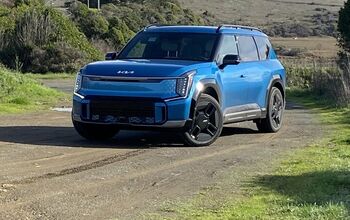

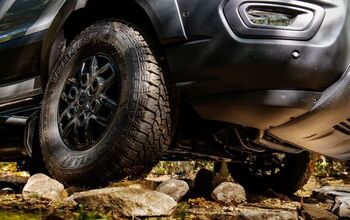
Comments
Join the conversation
Is the 2018 Elantra GT Sport serious competition for the VW GTI?
Why can't either Ford or GM engineer and design a decent small car like this. This car is an example why the South Korean auto industry has pulled ahead of Detroit. I now see the sad reason why GM had South Korea design and engineer the Bolt. As the saying goes, "if you can't them join them". GM - what a disgrace!!